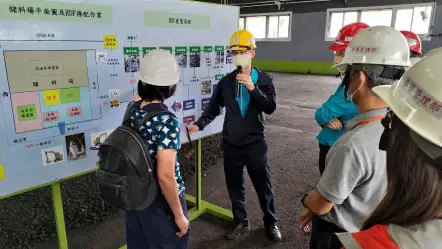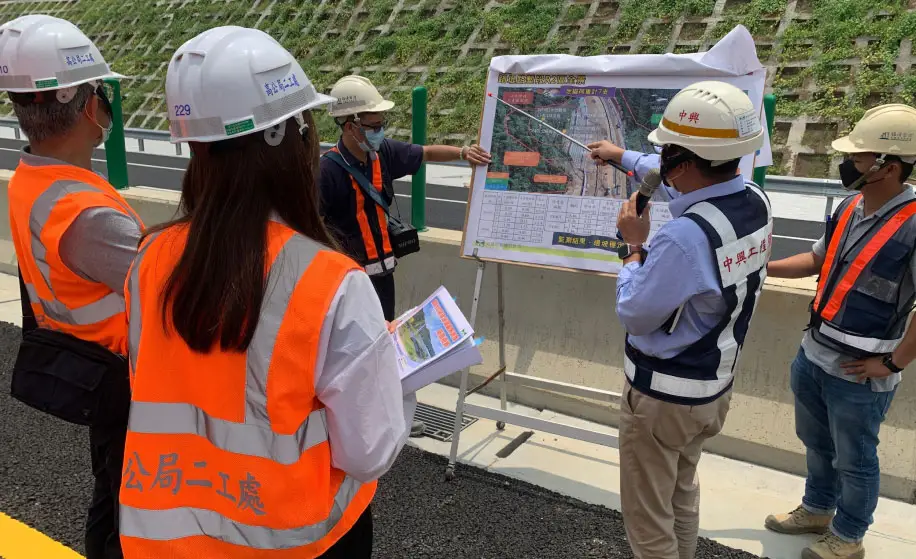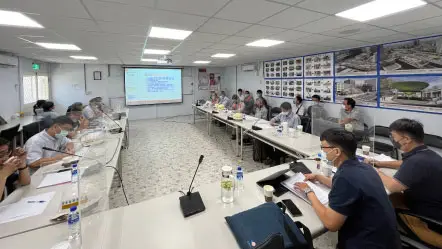 Environmental Impact Assessment Supervision
Environmental Impact Assessment Supervision

Environmental impact assessment (EIA) is a crucial step conducted during the planning of a development project, aimed at evaluating the potential environmental impacts of the proposed development. This process involves investigating, predicting, analyzing, and assessing the possible extent and scope of impacts in advance. The findings are then publicly disclosed to allow community participation and discussion, leading to a comprehensive environmental management plan, which is then submitted for review and used as a reference for determining whether a development project should proceed. This system is essential for addressing environmental issues proactively and providently.
According to the "Environmental Impact Assessment Act," the development entity must follow the contents of the assessment report or statement during project execution, with oversight provided by the competent authority to ensure that the development does not cause significant environmental harm. After receiving approval, the developer must adhere to the assessment statement or report, incorporating considered environmental factors into the project or plan. To reinforce the credibility of the environmental impact assessment system and ensure its proper operation, a monitoring and tracking system has been established to continually oversee development activities and provide recommendations for improvement as needed.
To prevent and mitigate the adverse impact of development activity on the environment in order to achieve the goal of environmental protection.
- The developer shall implement development activity strictly in accordance with the environmental impact statement, the content of the environmental impact assessment report and the review conclusion. (Article 17)
- During the implementation of the development activity and when using the development after completion of the development activity, the implementation of the environmental impact statement, environmental impact assessment report and review conclusion shall be tracked by the industry competent authority and supervised by the competent authority; when necessary, the developer may be ordered to regularly submit environmental impact survey reports.
The developer shall, when preparing the environmental impact survey report in the preceding paragraph, investigate and analyze the differences between the pre- and post-development activity environments and evaluate these differences by comparing them with the forecasted results of the environmental impact statement and the environmental impact assessment report.
When the competent authority discovers adverse effects on the environment, it shall instruct the developer to propose countermeasures within a time limit and implement them after approval by the competent authority. (Article 18)
- When environmental impact assessment cases are being tracked by the industry competent authority or supervised by the competent authority, the industry competent authority or the competent authority may exercise police powers. When necessary, the military or civilian police within the jurisdiction may be consulted to assist. (Article 19)
Enforcement principles and rules formulated according to corresponding environmental impact assessment laws or regulations.
- Local governments' supervisory responsibilities (Article 4, 5)
Matters related to the supervision of environmental impact statements, assessment reports and review conclusions or environmental impact survey reports and the implementation of response strategies, for all development activities within jurisdictions.
- The matters to be tracked by the industry competent authority (Article 39)
- (1) The matters the developer is requested to conduct when permission is granted.
- (2) The implementation of the contents of the environmental impact statement and environmental impact assessment reports and competent authority review conclusion matters.
- (3) Other related environmental impact matters.
The competent authority shall be informed by letter of the implementation of the matters in the foregoing paragraph.
Purpose of Monitoring and TrackingTo effectively exercise public authority, monitoring and tracking are conducted to ensure that developers fulfill the commitments and conclusions outlined in the approved environmental impact assessment review. This ensures the implementation of environmental impact assessment processes and achieves environmental protection goals.

- Implementation of the content specified in the EIA statement or report and compliance with the review conclusions.
- Execution of the environmental impact investigation report and corresponding response measures.
- Matters related to Articles 28 and 29 of the "Environmental Impact Assessment Act."
- Improvements made by the developer to address violations of the "Environmental Impact Assessment Act."
- Requirements imposed on the developer at the time of permit issuance.
- The developer's adherence to the EIA report content and review conclusions set by the competent authority.
- Other matters related to environmental impact.
※ The performance of these tasks must be formally reported to the competent authorities.
Conclusion
The effectiveness of the EIA system in preventing environmental damage hinges on developers' adherence to the EIA content and review conclusions, as well as on strict monitoring and tracking by competent authorities. Through auditing and enforcement of improvements, the credibility of the EIA system can be enhanced, furthering environmental protection and safeguarding the public's right to the environment. Together, we strive to maintain a high quality of life and move toward sustainability.
- Data Source: Division of Environmental Enforcement
- Publish Date: 2024-08-27
- Update Date: 2025-11-03

 Related Topics
Related Topics



